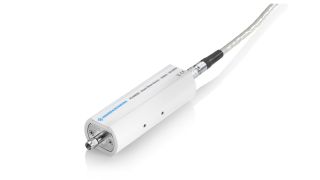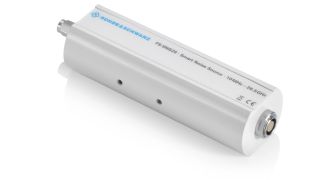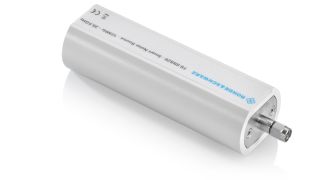Key facts
- Frequency range up to 18 GHz, 26 GHz, 40 GHz, 55 GHz, 67 GHz, 90 GHz or 110 GHz
- Supported by R&S®FSW, R&S®FSV/A3000, R&S®FPS, R&S®FPL1000 signal and spectrum analyzers, the R&S®FSWP phase noise analyzer and VCO tester, the R&S®FSMR3000 measuring receiver and the R&S®ZNL network analyzer
- Automatic loading of ENR table
- ENR uncertainty and reflection coefficients table for automatic uncertainty calculation
- Automatic temperature readout for improved accuracy















